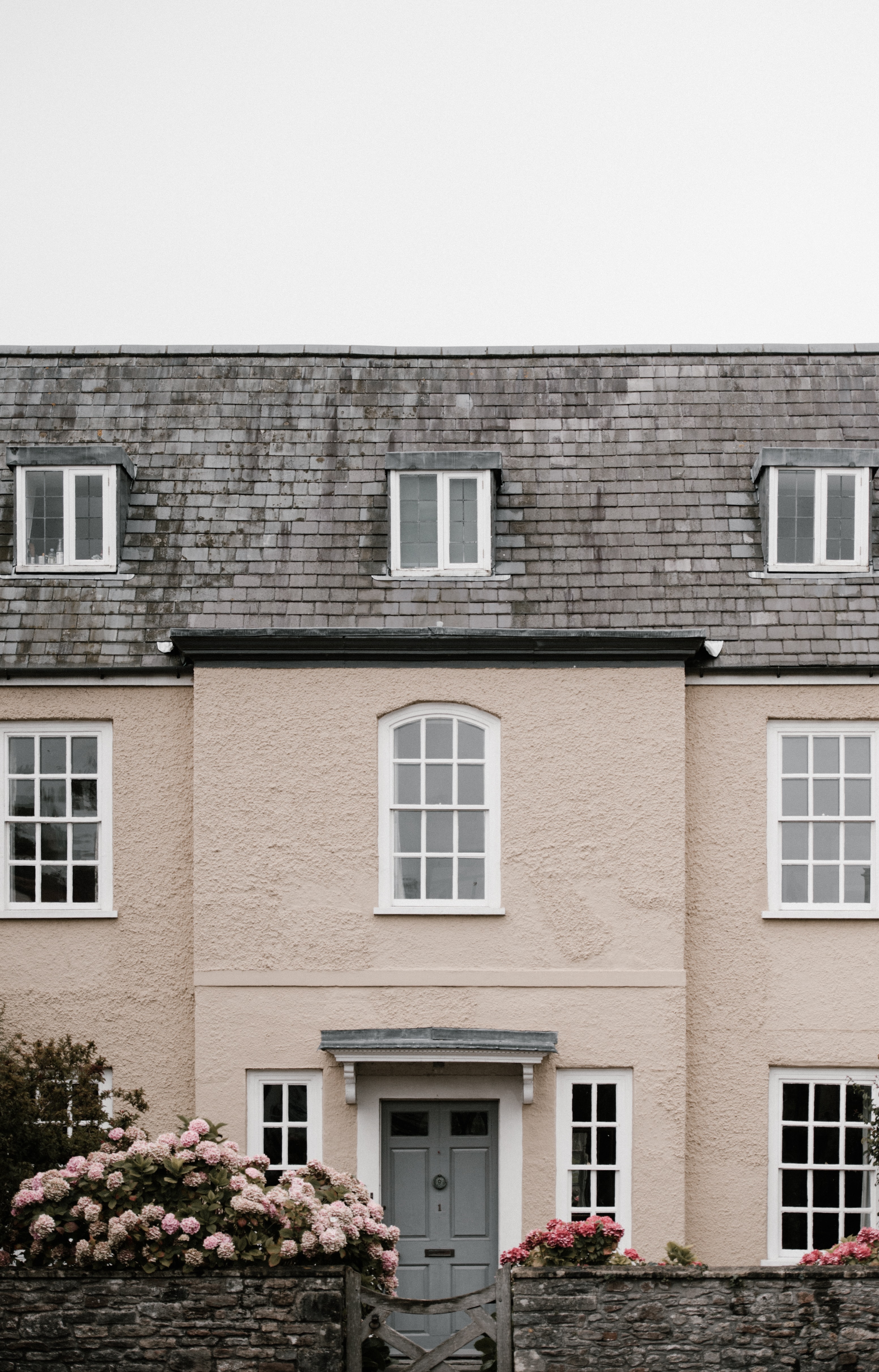 Concrete Roof Tiles versus Clay Roof Tiles — Which Are Better?
Concrete Roof Tiles versus Clay Roof Tiles — Which Are Better?
It’s vital that your roof tile is made of the best possible material, to ensure it does a good job of keeping the cold, rain and wind out of your home. Not only that, though — an attractive roof can increase your home’s kerb appeal, if you choose to sell it, making it likely to go for more.
So what is the best material? The most common is tile roofing, which comes in two main varieties — concrete roof tiles and clay roof tiles. How do they measure up?
Materials for Your Roof Tile
Clay is the more common material for your tile roofing. The tiles are made from clay and water that’s heated to high temperatures to give them their shape, density and rigidity, depending on how long they’re fired. They’re pigmented before the firing, so the colour is bonded to the material.
Concrete roof tiles are made of sand, water and cement and given shape and rigidity by a mixture of heat and pressure. They’re naturally a drab grey colour but can be painted. Concrete tiles can be bought either ready made or made to order.
Pros and Cons of Concrete and Clay Tile Roofing
There are a number of differences between clay and concrete tile roofing, with each having both advantages and disadvantages. Some of the major ones are:
- Absorption of water — The more water roof tiles absorb, the more likely they are to have mildew or moss growing on them. Concrete roof tiles have an absorption rate of about 13% and clay roof tiles only about 6%.
- Cracking and shattering — Clay roof tiles are more fragile than concrete and are more likely to shatter if dropped. They also tend to crack more easily in colder climates.
- Weight — Concrete roof tiles are around 40% heavier than clay tiles, so your roof structure may need to be reinforced to take them.
- Aesthetic appeal — In general, clay roof tiles tend to look more attractive, especially with the traditional terracotta glaze. However, concrete tiles can be painted a wider variety of colours.
- Cost — Clay roof tiles are around 20% more expensive than concrete tiles. However, their versatility, lighter weight and appeal can still make this a reasonable cost.
Which Type of Tile Roofing Is Best?
As we’ve seen, clay roof tiles and concrete roof tiles both have their advantages, so it really depends on what you want from your roofing material. If you have a reinforced roof frame and the presence of moss or mildew isn’t such an issue, concrete tiles are likely to last longer.
On the other hand, if you want to ensure your roof remains mildew free and that it has kerb appeal, then you’re probably best sticking with clay tiles.
Do you need a bit more discussion about your options? Give us a ring for a chat about your tile roofing choices.
”
{
“”@context””: “”https://schema.org””,
“”@type””: “”BlogPosting””,
“”mainEntityOfPage””: {
“”@type””: “”WebPage””,
“”@id””: “”https://empireupvcandroofing.co.uk/news/roof-tile-concrete-vs-clay””
},
“”headline””: “”Roof Tile | Concrete Vs. Clay | Empire UPVC & Roofing Specialists””,
“”description””: “”It is vital your roof tile is made of the best possible material, to ensure it keeps out the cold, rain and wind out. Learn more here””,
“”image””: “”https://empireupvcandroofing.co.uk/wp-content/uploads/2020/12/annie-spratt-KPYNItJ0GfM-unsplash-1.jpg””,
“”author””: {
“”@type””: “”Organization””,
“”name””: “”Empire Roofing””
},
“”publisher””: {
“”@type””: “”Organization””,
“”name””: “”Empire Roofing””,
“”logo””: {
“”@type””: “”ImageObject””,
“”url””: “”https://empireupvcandroofing.co.uk/wp-content/themes/empire/images/logo.svg””
}
},
“”datePublished””: “”2020-12-14″”,
“”dateModified””: “”2021-05-25″”
}
“









